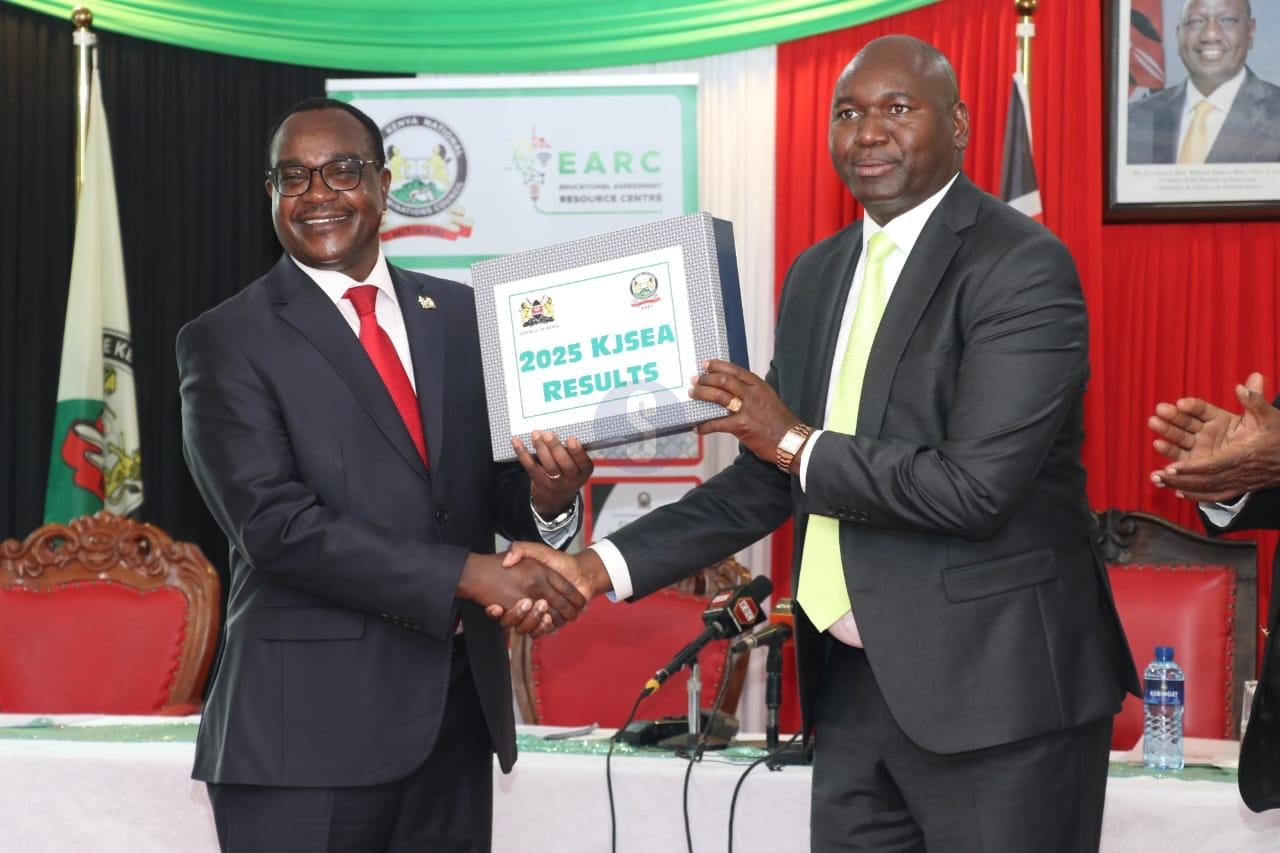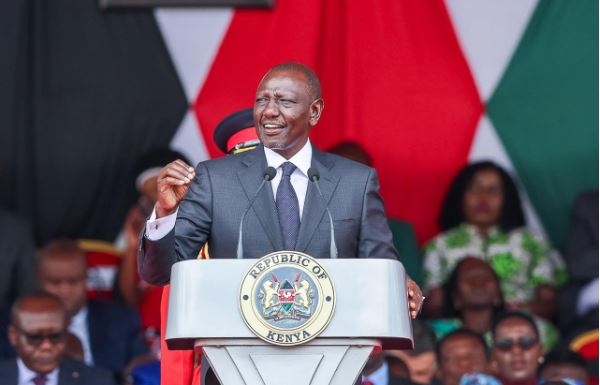
 Imported cars at a parking yard/FILE
Imported cars at a parking yard/FILEThe Kenya Revenue Authority (KRA) has shed light on major updates to the Current Retail Selling Price (CRSP) schedule for imported vehicles, set to take effect from July 1.
This marks the first review of the CRSP list since 2019, following years of legal and industry delays.
CRSP is the pricing guide used to determine the value of used vehicles for taxation at the point of import.
Taxes are applied on a vehicle’s value after accounting for depreciation based on its age.
The CRSP list sets the base retail price of new models, from which customs duties for used imports are derived.
According to KRA, the upcoming changes reflect several economic shifts since the last update, including new vehicle models, fluctuations in exchange rates, and increases in key taxes.
In 2019, the dollar exchanged at around Sh100, while in 2025 it trades at about Sh130.
Over the same period, import duty has risen from 25 per cent to 35 per cent, and excise duty for some units has climbed to 35 per cent, up from a previous high of 30 per cent.
The authority also clarified that the update follows broad consultation with stakeholders, after a 2020 attempt to revise the list was halted by a court case.
In compliance with the ruling, KRA held engagement sessions with industry players including the Kenya Auto Bazaar Association (KABA), Car Importers Association of Kenya (CIAK), and Kenya International Freight Forwarders and Warehousing Association (KIFWA).
A technical team drawn from these groups worked jointly with KRA to define how the new CRSP would be developed.
The methodology was agreed upon in January 2025, using vehicle data primarily sourced from Japanese Yearbooks and Goo-net for models not covered.
The 2025 CRSP list features over 5,200 unique vehicle models—up from about 3,000 in 2019.
It factors in detailed specifications such as trim levels and performance, a shift from the previous method which relied mainly on engine capacity and drivetrain.
KRA noted that while the list is more comprehensive, some models are still missing.
However, it will continue to update the database as more information becomes available.
The final CRSP list has been published on the KRA website for review.
In a public notice, KRA encouraged importers, clearing agents, and other stakeholders to familiarise themselves with the new framework to avoid disruptions.
The Commissioner for Customs and Border Control reiterated that the changes aim to enhance fairness and transparency in vehicle taxation.
Additionally, KRA reminded taxpayers of the ongoing opportunity to apply for tax amnesty, which runs alongside the implementation of the revised CRSP.
The move is expected to standardise valuations, reduce disputes, and reflect market realities more accurately.
It also marks a step forward in aligning Kenya’s customs valuation with international standards under the World Trade Organisation’s framework.













